Pickling and Passivation are chemical processes used in the metal industry to protect metals from corrosion. Both pickling and passivation are widely used for stainless steel products. Some acidic chemicals are used over the stainless steel to create a passive layer or to remove contaminants. In this article, we will explore more about the pickling and passivation process. Let’s start with the definition of both processes.
What is Pickling?
Pickling is basically a metal cleaning process. In the pickling process, thin layers of metal (in form of stains, inorganic contaminants, foreign matter, grease, oil, rust or scale, etc) are removed from the surface of stainless steel. For the pickling of stainless steel, usually, a mixture of nitric and hydrofluoric acid is used.
Pickling is a popular process for removing weld heat-tinted layers from stainless steel surfaces. However, the Pickling process causes etching of the surface and affects the surface finish making it dull.
What is Passivation?
Passivation is a chemical treatment process where the stainless steel is treated with an oxidizing acid. Passivation dissolves carbon steel, and sulfide inclusions and removes iron and other surface contaminants from the stainless steel surface. At the same time, the acid promotes a chromium-rich thin but dense passive film (oxide protective layer) formation. This passive film imparts corrosion resistance quality.
Passivation of stainless steel is performed using nitric acid. Similar to pickled steel, passivated steel does not affect the metal’s appearance.
Advantages of Pickling and Passivation Process
The processes of pickling and passivating steel offer various advantages to the metal products like:
- Both pickling and passivation remove surface impurities and contamination generated during manufacturing and fabrication.
- Increase the durability and longevity of the stainless steel products with reduced corrosion possibility.
- Weld hint tint or weld discoloration is removed and the metal looks smooth without imperfections.
- Chemical film barrier against rust.
- Reduced need for maintenance.
Pickling and Passivation Procedure
Pickling Process:
A range of methods can be applied to the pickling process. The most popular methods are:
Tank Immersion Pickling– Can be done on-site or off-site. Provides a facility for treating all the fabrication surfaces at the same time. This achieves uniformity of surface finish and optimum corrosion resistance.
Circulation Pickling– This type of pickling method is recommended for piping systems carrying corrosive fluids. In this pickling process, the chemical solution is circulated through a system of pipework.
Spray Pickling– Spray pickling is done for on-site treatment. Proper acid disposal and safety procedures must be ensured during the spray pickling process.
Gel Pickling– This is a manual pickling operation in which gels are applied on metal surfaces by brushing. It pickling method is quite useful for the spot treatment of welds and other intricate areas that require manual detail.
Passivation Process:
The passivation of stainless steel is performed using weak acids like nitric acid or citric acid. The main aim of passivation treatment is the formation of a passive layer that does not easily interact with the environment. Before the acid passivation process, the surfaces must be cleaned to make them free from oxide scales, oils, grease, and other lubricant, heat tints must be removed. After that nitric acid chemical/paste is applied to the material surface.
Passivation is a post-fabrication process used for newly fabricated stainless steel parts. The effect of passivation was first discovered by chemist Christian Friedrich Schönbein in the mid-1800s. However, the process of passivation become widely useful in the 1900s.
The weak nitric or citric acid chemically dissolves the free iron present on the surface. The chromium remains intact which creates a chromium oxide layer upon exposure to oxygen over the next 24 to 48 hours. This passive layer provides a chemically non-reactive surface.
Please note that passivation is not an electrolytic process, this is not a process to remove scale, and It does not change the surface color or appearance. The steps followed for the passivation process are:
- Alkaline cleaning of the metal surface.
- Deionized (DI) Water rinse
- Nitric or Citric acid immersion bath
- DI Water rinse
- Drying of the part
- Testing the effectiveness of the process.
Codes and Standards for Pickling and Passivation
Widely used codes and standards that govern the pickling and passivation process are:
- ASTM A380
- ASTM A967
- ISO 16048
- AMS 2700
- ASTM B600
- AMS-STD-753
- BS (British Standard) EN 2516
The treatment duration for pickling and passivation treatment normally varies from 5 minutes to 45 minutes. The oxide layer left by passivation is roughly .0000001 inch thick.
Pickling vs Passivation: Differences
Both pickling and passivation are chemical surface treatment processes and are widely used for stainless steel. However, there are some differences between the processes in terms of the intensity of the treatments. The major differences between the pickling and passivation processes are tabulated below:
| Pickling | Passivation |
| Acids used in the pickling process are more aggressive | Passivation uses weak acids (either citric acid or nitric acid). |
| Pickling makes greater changes to the surface | Passivation only creates a thin surface layer and does not change material properties. |
| The pickling process removes metal impurities on a sub-level basis. | Passivation normally does not remove metal impurities or contamination. It mainly makes the surface passive to corrosion. |

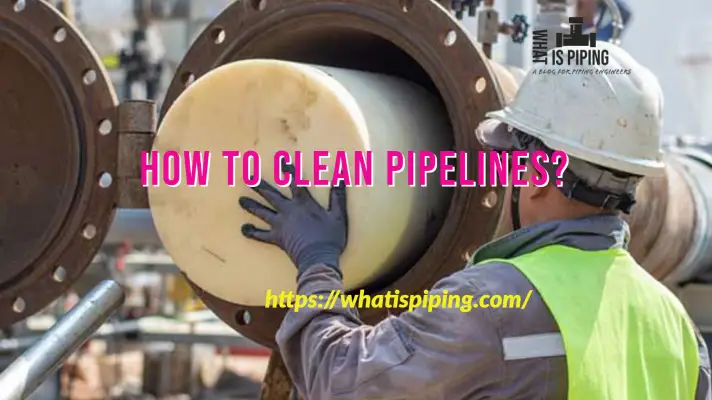
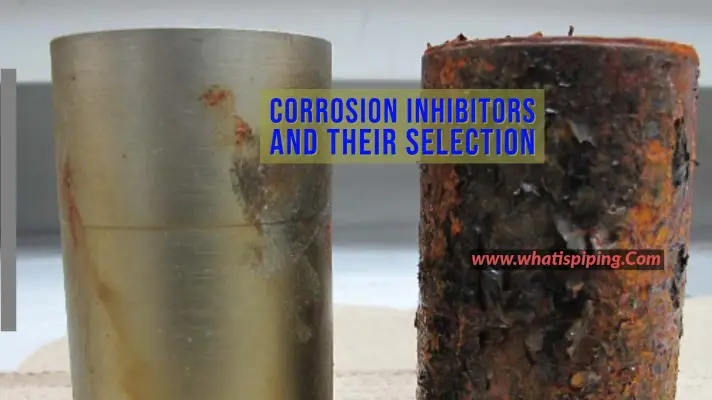
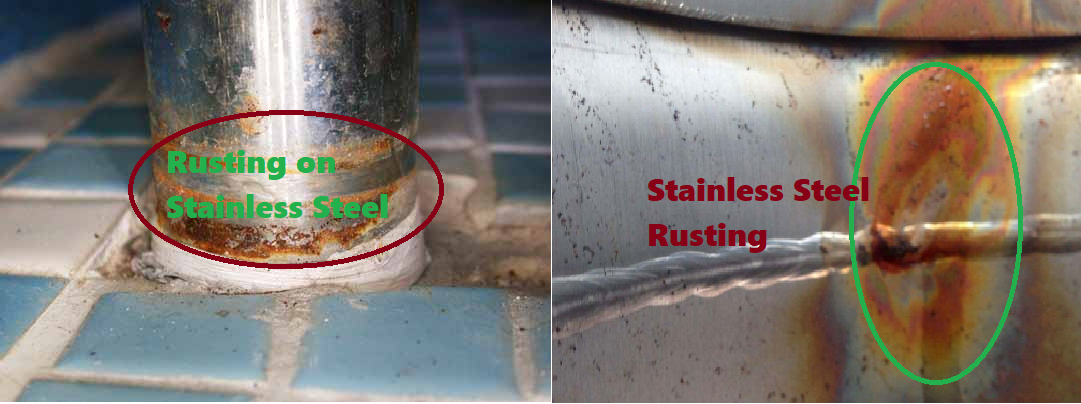
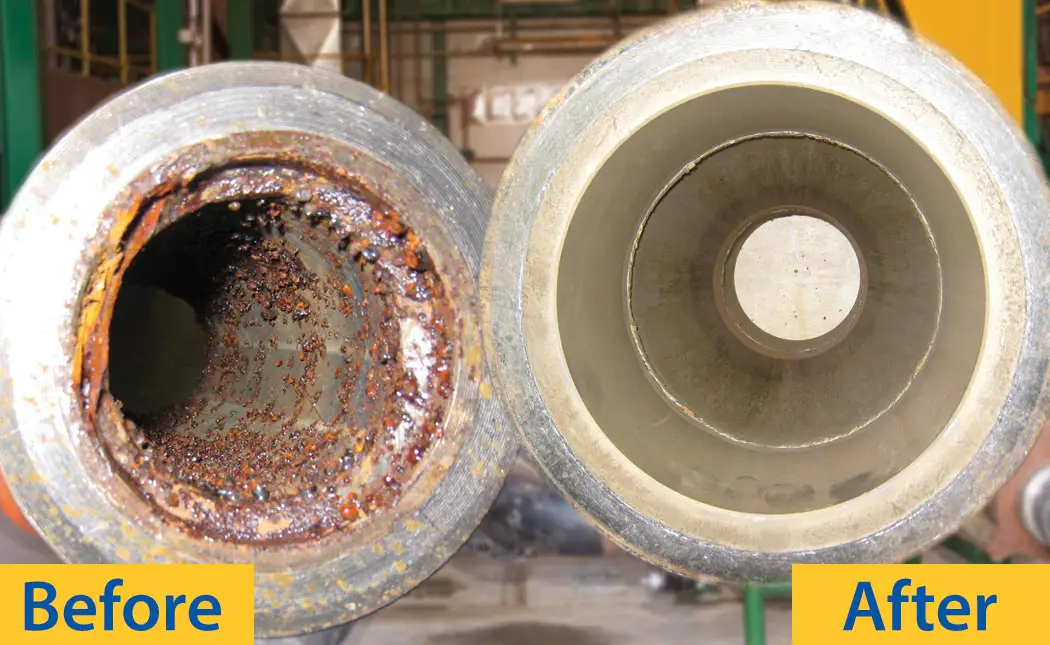
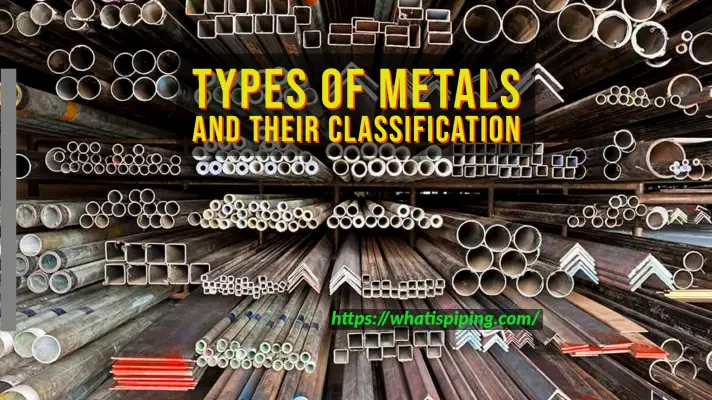
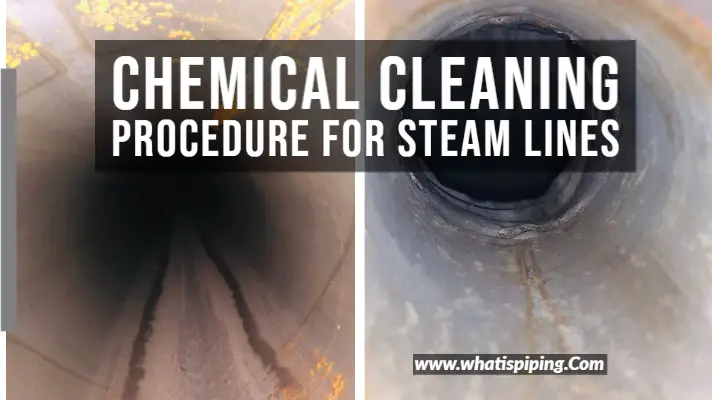

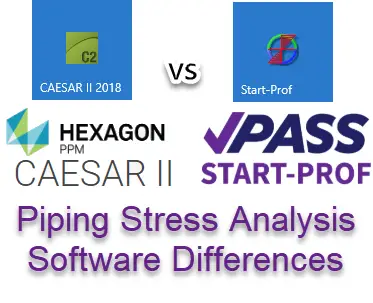
All pipe available sir
Thanks for your blogs. I learn something every time!
Thanks for your blogs, the materials are very use-full on pipeline construction works.
Dera SIR
PLS.speak about h primer
Thank you for pinch point.